Enter The Portal of Beats: A Guide to The Music of Decadence AZ
December 12, 2025
December 12, 2025
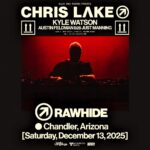 Chris Lake
Chris Lake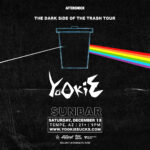 Yookie
Yookie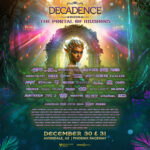 Decadence Arizona 2025 | The Portal of I11usions
Decadence Arizona 2025 | The Portal of I11usions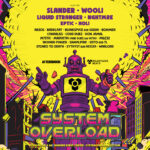 System Overload 2026
System Overload 2026 John Summit | Bird's Nest 2026
John Summit | Bird's Nest 2026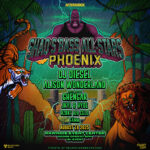 SHAQ's Bass All-Stars Phoenix
SHAQ's Bass All-Stars Phoenix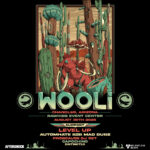 Wooli
Wooli Beltran
Beltran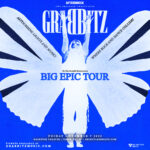 Grabbitz
Grabbitz Chris Lorenzo
Chris Lorenzo RB Exclusive Interview: Braydon Terzo Headlines Darkstar
RB Exclusive Interview: Braydon Terzo Headlines Darkstar RB Writer Picks: Top Tracks of 2025
RB Writer Picks: Top Tracks of 2025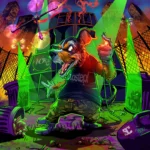 Distinct Motive Drops New EP to End the Year: 'Droner'
Distinct Motive Drops New EP to End the Year: 'Droner' Max Styler Is About To Turn Decadence Arizona Into A Groove Playground
Max Styler Is About To Turn Decadence Arizona Into A Groove Playground The EDM Subgenres of 2025 Making Marks On Playlists
The EDM Subgenres of 2025 Making Marks On Playlists Capozzi
Capozzi ISOxo
ISOxo Bella Renee
Bella Renee Yetep
YetepGenres make life easier for music lovers. We form opinions about them from an early age and we group ourselves by the genres we identify with. What if you don’t identify with the mainstream genres? It can be frustrating because there’s nothing we can really do as individual fans to change what’s popular and what’s not. It is in that frustration that underground genres are born. Fans become artists themselves when they create the music they would want to listen to. In the ’70s, rock became a response to the hippie movement of the ’60s. In the ’90s, grunge became a response to MTV and 80’s pop. Today, we’re seeing similar trends in electronic dance music. Riddim, whether you hate it or you love it, is a direct response to 2000’s dubstep.
If you’re a passionate riddim fan, you’ve probably heard the quote, “All riddim is dubstep, but not all dubstep is riddim,” and in a sense that’s correct. Riddim can be understood as minimalistic dubstep. Instead of different basses that come together to form melodies, the basses in riddim are repeated in patterns and seem to respond to one another. Like an electric guitar in metal, the bases are more aggressive and they have a strong presence throughout the track. Riddim basses are more distorted than basses in house, trance, and other electronic genres and because of their repeated pattern, we, as the listeners, find harmony within the distortion.
To understand riddim’s origin, we need to first understand the history of dubstep. Early dubstep began in the late 1990s in South London and was a combination of reggae, grime, and 2-step. This type of dubstep is dramatically different than anything we would classify as dubstep today (an example of early dubstep would be “Keep On” by Dub War which came out in 1998). It wasn’t until 2007 however, that we saw the first recognizable dubstep song with “Spongebob” by Coki. Some would call this song the beginning of the end of dubstep. As dubstep’s underground scene began to expand and digital audio workstations (DAWS) improved, more artists began experimenting with wobble basses. In 2009, dubstep elements began to appear in top-charting tracks. Chase & Status, a UK dubstep duo, collaborated with artists such as Rihanna and Snoop Dogg to create a “more-underground” style of pop. A Youtube channel called UKF Dubstep featured artists such as Skism and Flux Pavilion and in three years the channel had over 2 million subscribers. By 2012, Americanized dubstep became a well-known genre with Skrillex’s EP Scary Monsters and Nice Sprites and Excision’s album X-Rated.
In 2014, dubstep’s popularity began to die out and new forms of electronic dance music became more prominent. The artists who defined Americanized dubstep either retired or started to focus on new genres entirely. This was the era in which riddim was born.
During the decline of dubstep, producers experimented with dubstep’s early roots. They created tracks that that had trap drums, dubstep basses, trance formats, and hardstyle vocals. It was once producers incorporated trance elements into their work that we began to see riddim’s development. In trance music, a pattern of synths is repeated, yet changed slightly until the original pattern gently changes into a new pattern. In riddim, the wobble bass (commonly called a growl or wub) takes the place of the trance synths. Because of how vague the genre of “dubstep” is, artists began identifying their work as riddim instead. The word riddim comes from the Jamaican pronunciation of rhythm and is also a variation of reggae. Music sharing platforms such as Beatport added riddim to the list of genres artists could tag their work as and more fans began identifying with this new genre. In 2014, one of the first examples of popular riddim was released. “Yasuo” by Bommer and Crowell changed the world of EDM by utilizing elements of trap, trance, and dubstep to create an entirely new sound. “Yasuo” is regarded as the first riddim track and after it’s release, former dubstep artists started to emulate the style. In the following years, more mainstream artists began to experiment with this style of dubstep. Getter and 12th Planet released “Point Click” in 2014 and Badklaat released “Head Rush” in 2015.
Festivals and concerts that featured riddim artists attracted a new crowd of EDM fans and the subgenre has only grown since. Some believe riddim to be a seasonal fad and others believe it to be the new generation of music, however, the most important aspect of riddim is not in its longevity, but instead what it represents. Dubstep was popularized through underground music sharing platforms until it reached a point of success. When the success faded, it went back to the underground scene and returned as a new, organically rebranded subgenre called riddim. With the development of the internet and streaming services, we’re seeing a major change in how music develops over time. Riddim’s story has proven that music genres are becoming more self-defined. The internet has provided underground genres with the fanbase they need to succeed and it isn’t long before we see more niche genres, such as riddim, commercialize organically.
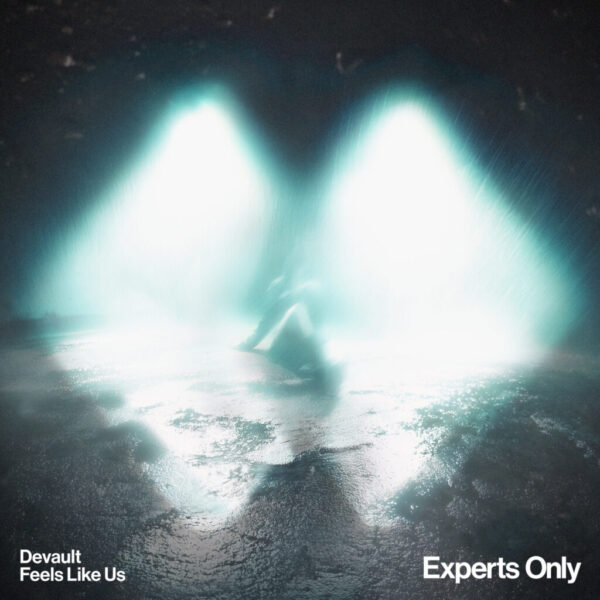
 RB Exclusive Interview: Cam Steen Talks Live Instrumentation, His King Bubble Project, & Long-Term Aspirations
RB Exclusive Interview: Cam Steen Talks Live Instrumentation, His King Bubble Project, & Long-Term Aspirations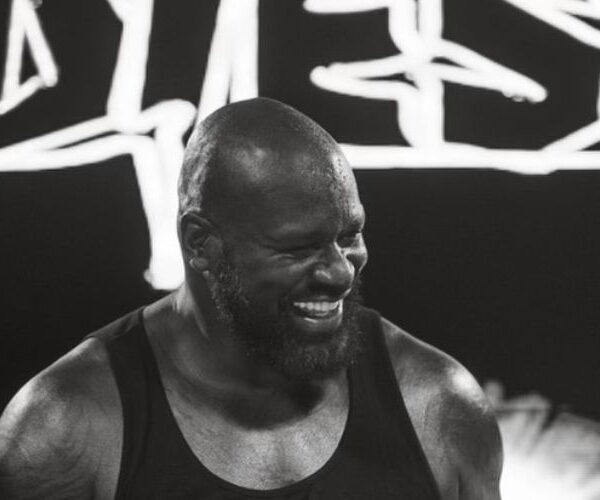 Fame, Fortune, and Faders: 15 Surprising Celebrity EDM DJs
Fame, Fortune, and Faders: 15 Surprising Celebrity EDM DJs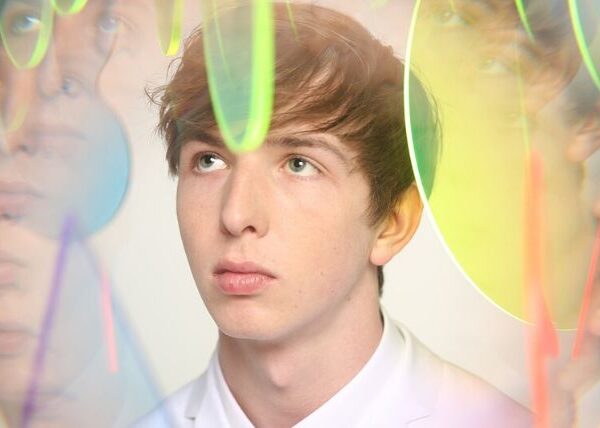 Through the Portal and Into the Beat with Whethan at Decadence Arizona
Through the Portal and Into the Beat with Whethan at Decadence Arizona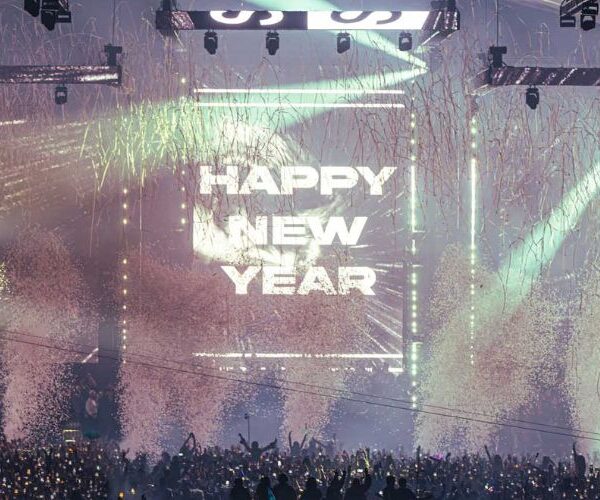 Enter The Portal of Beats: A Guide to The Music of Decadence AZ
Enter The Portal of Beats: A Guide to The Music of Decadence AZ